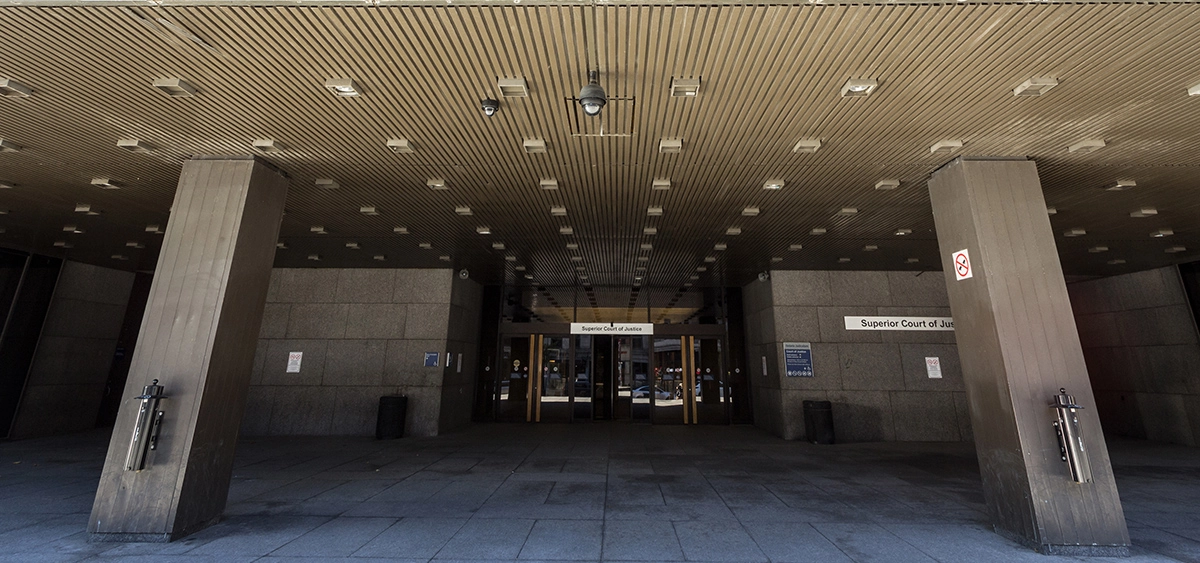When a person accused of a crime pleads guilty or has been found guilty, the judge orders a “sentence.” The judge takes several factors into account when deciding on a sentence, including the circumstances surrounding the crime and the situation of the person who committed the crime (offender).
Determining a sentence is a complex process, and the judge does this on a case-by-case basis. This means it’s impossible to predict exactly what sentence the judge will order.

Sentences must be fair and in proportion to the crime
The sentence must be in proportion to the seriousness of the crime. The law establishes how serious a crime is by providing different sentences for different types of crimes. This means lighter sentences for less serious crimes and heavier sentences for more serious crimes. The judge must respect the minimum and maximum sentences set out in the law.
The sentence must also be in proportion to the offender’s degree of responsibility. In other words, the judge will order a heavier sentence if the offender played a key role in the crime. For example, if the offender set the crime in motion or planned it in advance (premeditated) the judge will order a heavier sentence compared to a crime committed in the heat of the moment.
According to the principle of fairness in sentencing, the sentence must be just. This means that the sentence must be similar to other sentences ordered for similar crimes in similar circumstances.
Factors that can impact the sentence
Some of the circumstances surrounding the crime can lead to a heavier sentence. For example, the judge must order a heavier sentence for a hate crime based on race or sexual orientation. The judge must also order a heavier sentence if the victim is a minor or if the crime was committed against the offender’s spouse.
The judge also takes the offender’s circumstances into account, that is, whether the offender is dangerous, the risk that the offender will commit another crime and the offender’s chances of rehabilitation and re-entry into society. For example, the judge will look at whether the offender has a criminal record or has taken part in organized crime. In contrast, an offender’s young age, level of education, social environment or family background could lead to a reduced sentence.
The offender’s attitude after committing the crime can also be taken into account. A judge can order a lighter sentence if the offender demonstrates regret, remorse, or compassion.
If the offender is an Indigenous person, the judge must consider this when deciding on the type of sentence best suited to their situation. The judge must consider the historic events that have negatively impacted Indigenous communities over many generations.
The judge also considers how the crime has affected the victim. The victim can give the judge a “Victim Impact Statement,” which is a form the victim uses to describe the psychological or economic impacts suffered because of the crime.
Prison sentence as a last resort
In addition to protecting society, the sentence must also help to prevent crime and encourage the offender’s rehabilitation and re-entry into society. Whenever possible, the judge must consider ordering a fine or community work instead of a prison sentence.





